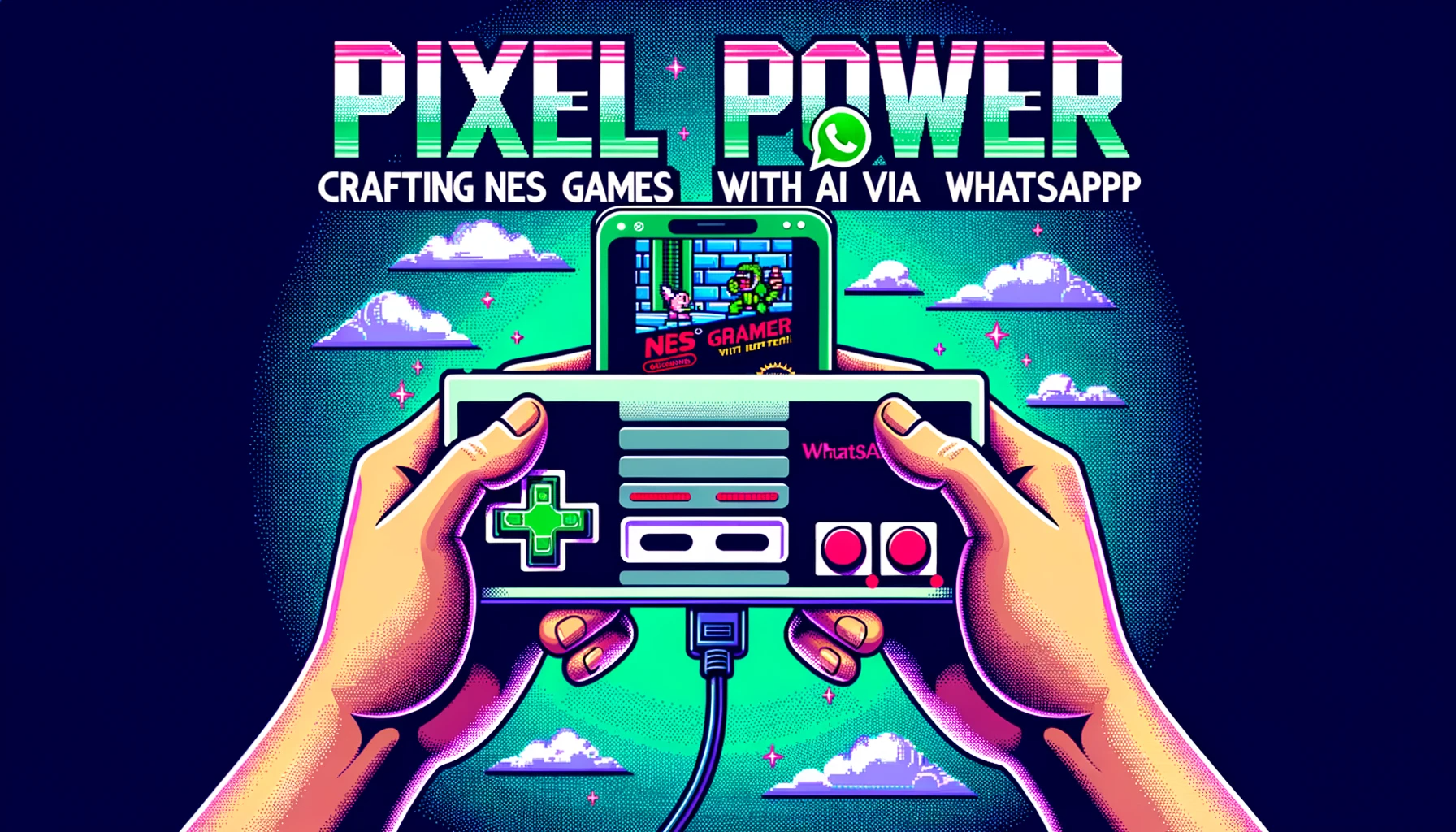
Disclaimer

Everything in this presentation was AI generated
Who's this guy

Chief Executive Officer
WE MAKE COMPUTERS DO AMAZING THINGS...
PUT STUFF WHERE THEY BELONG

MAKE THEM UNDERSTAND

I DO MORE
Chief Technology Officer at Yoyo
Payment facilitator for small businesses
Minor OSS contributor
DevIL, ResIL, fog, Emscripten

This talk will also be hosted by my friend Johnny 5
- Transmit a message and await a response.
- Submit an image and anticipate a descriptive caption.
- Provide textual instructions to produce valid NES code.
- Dispatch images that are converted into visual cues, which the bot then interprets to produce valid NES code.
- Send intricate images that result in the generation of more detailed NES scenes.
Goals
Understanding the Basics

-
NES 6502 instruction set: The heart of classic gaming.
-
Neural networks: Machines that learn and adapt.
- Why RNN for NES game creation: The logic behind sequence generation.
Understanding the Basics
-
Origin & Adoption — Introduced in 1975, affordable & efficient
-
Significance in NES — Pivotal for game development in the platform
- Lasting Legacy — remains a symbol of the pioneering era of gaming
The Heart of Retro Gaming: The 6502 Chip
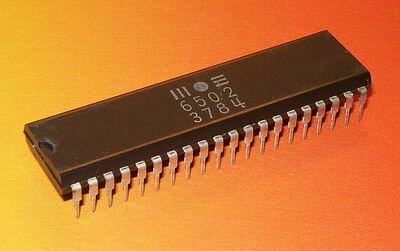
-
Message Classification & Intents
-
Bot Responses & Limitations
- Comparing Basic to Advanced Approaches
Crafting a Conversational AI: The WhatsApp Bot
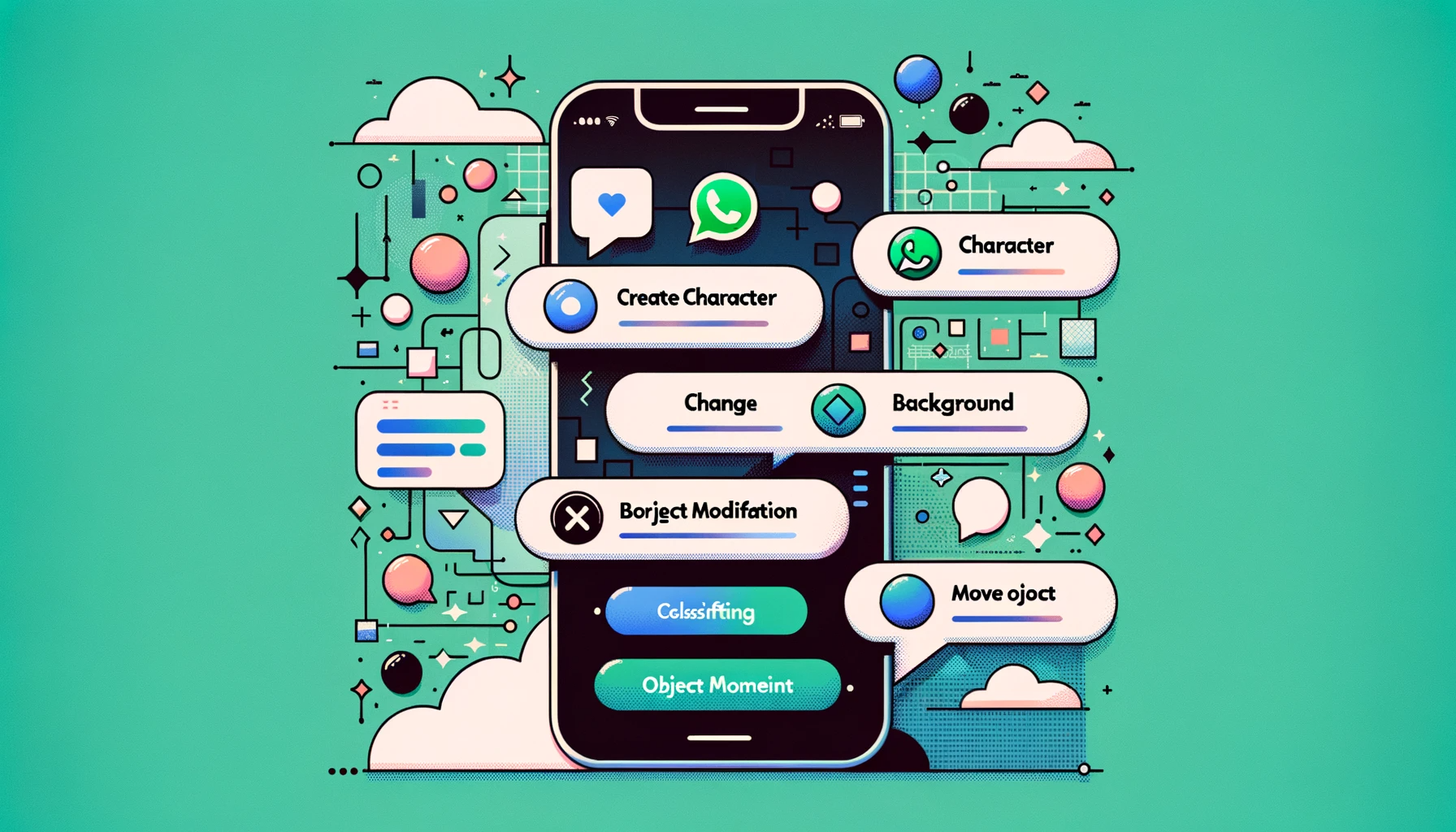
An RNN (Recurrent Neural Network) is a type of neural network designed to recognize patterns in sequences of data by maintaining a memory of previous inputs, allowing it to make predictions or decisions based on the entire context of the input sequence.
Recurrent Neural Networks

-
One-to-One — Converting a temperature from Celsius to Fahrenheit. The input is a single value (temperature in Celsius), and the output is another single value (temperature in Fahrenheit).
-
One-to-Many — Image Captioning. Given an image (single input), the RNN generates a sequence of words (caption) describing the image.
-
Many-to-Many — Machine Translation. Translating a sentence from one language to another involves taking in a sequence of words in the source language and outputting a sequence in the target language.
- Many-to-One — Sentiment Analysis. Given a sequence of words (a review or comment), the RNN outputs a single value or label indicating the sentiment (e.g., positive, negative, neutral).
RNN Architectures
- RNNs: Perfect for Sequences — the ability of RNNs to predict and produce sequences is invaluable, especially when generating game logic or movements.
- LSTMs: Remembering the Past — crucial when the sequence's context depends on numerous previous inputs, like when writing extensive sections of game code.
- Training for NES Assembly Code — requires a dataset of existing NES game code.
RNNs and LSTMs in Code Generation
Leveraging LSTMs for NES Code Creation
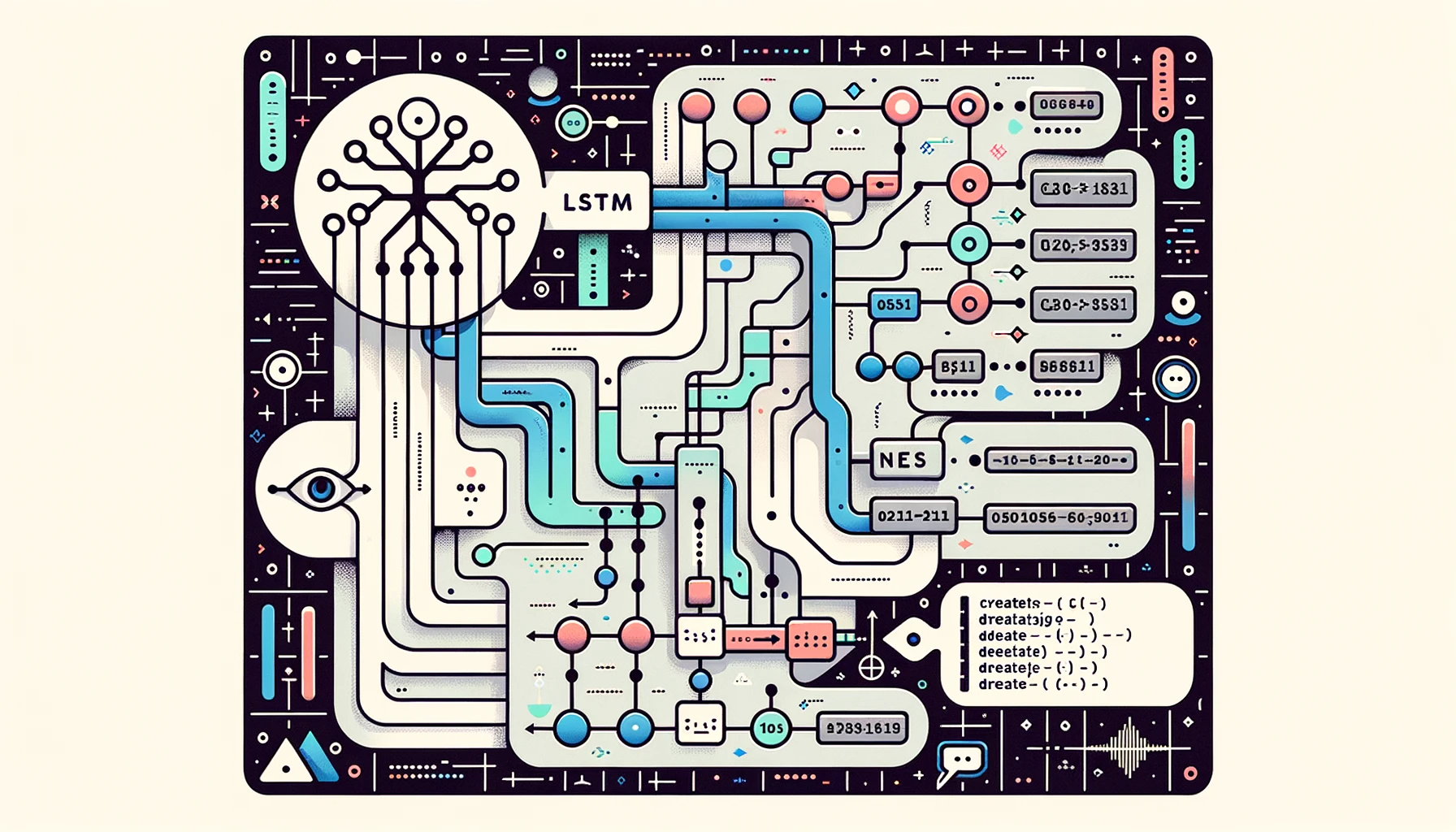
-
Why LSTMs? — are an extension of RNNs specifically designed to remember long-term dependencies.
-
Training on NES Assembly Code — the LSTM model requires training on a dataset of existing NES game code.
- Integration with the WhatsApp Bot — serves as the backbone for the code generation process, translating user intents received via the WhatsApp bot into NES Assembly code.
Leveraging LSTMs for NES Code Creation
Transforming Visuals into NES Gameplay
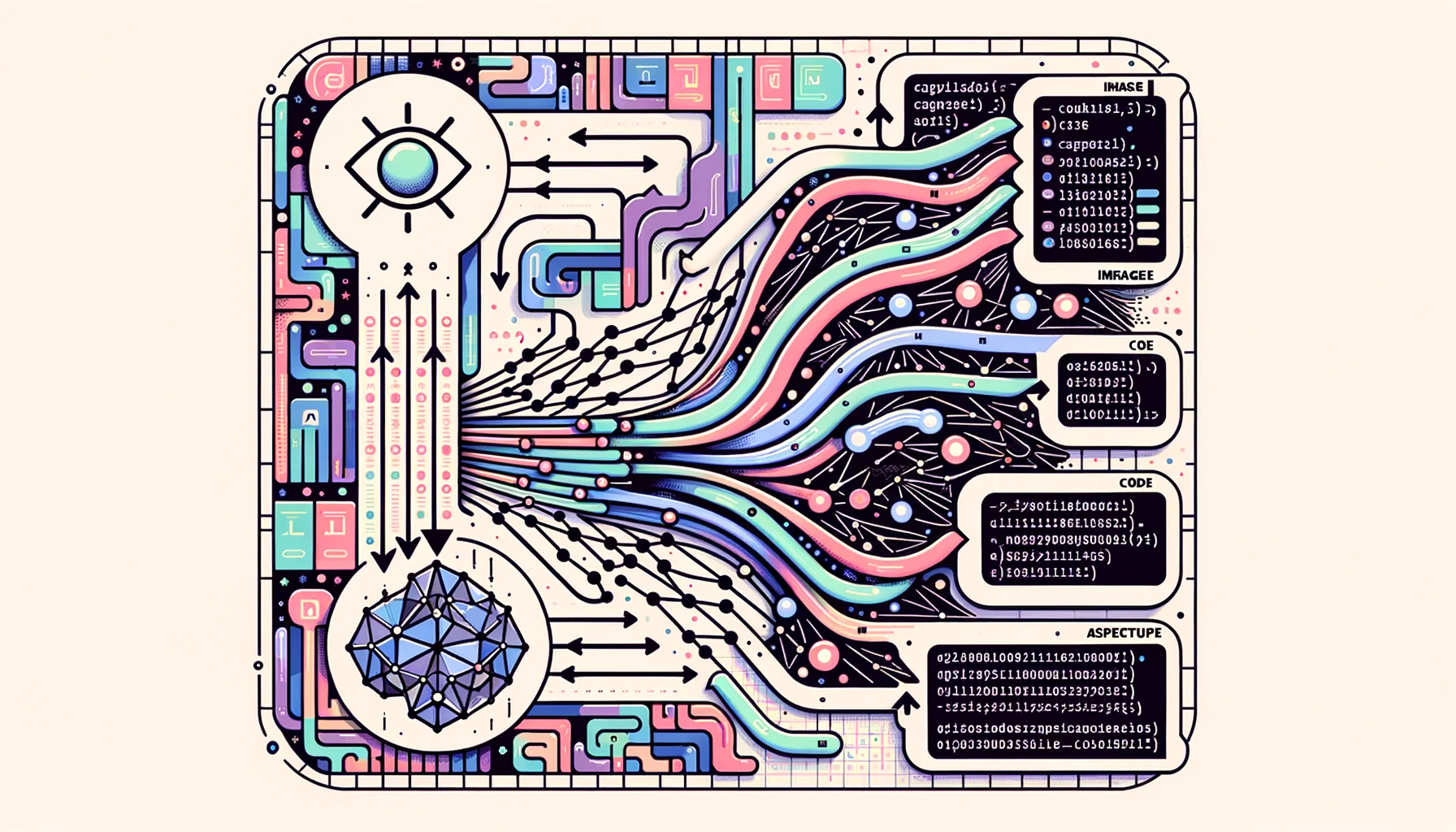
-
CNNs: Understanding the Image — excel at processing visual data, extracting essential features and patterns from images.
-
Captioning with LSTMs — After feature extraction by the CNN, an LSTM network generates a descriptive caption for the image.
- From Caption to NES Code — The generated caption serves as an intermediate representation, a bridge between the image and the desired game element.
Transforming Visuals into NES Gameplay

Demo
Conclusions
Dealing with complexity
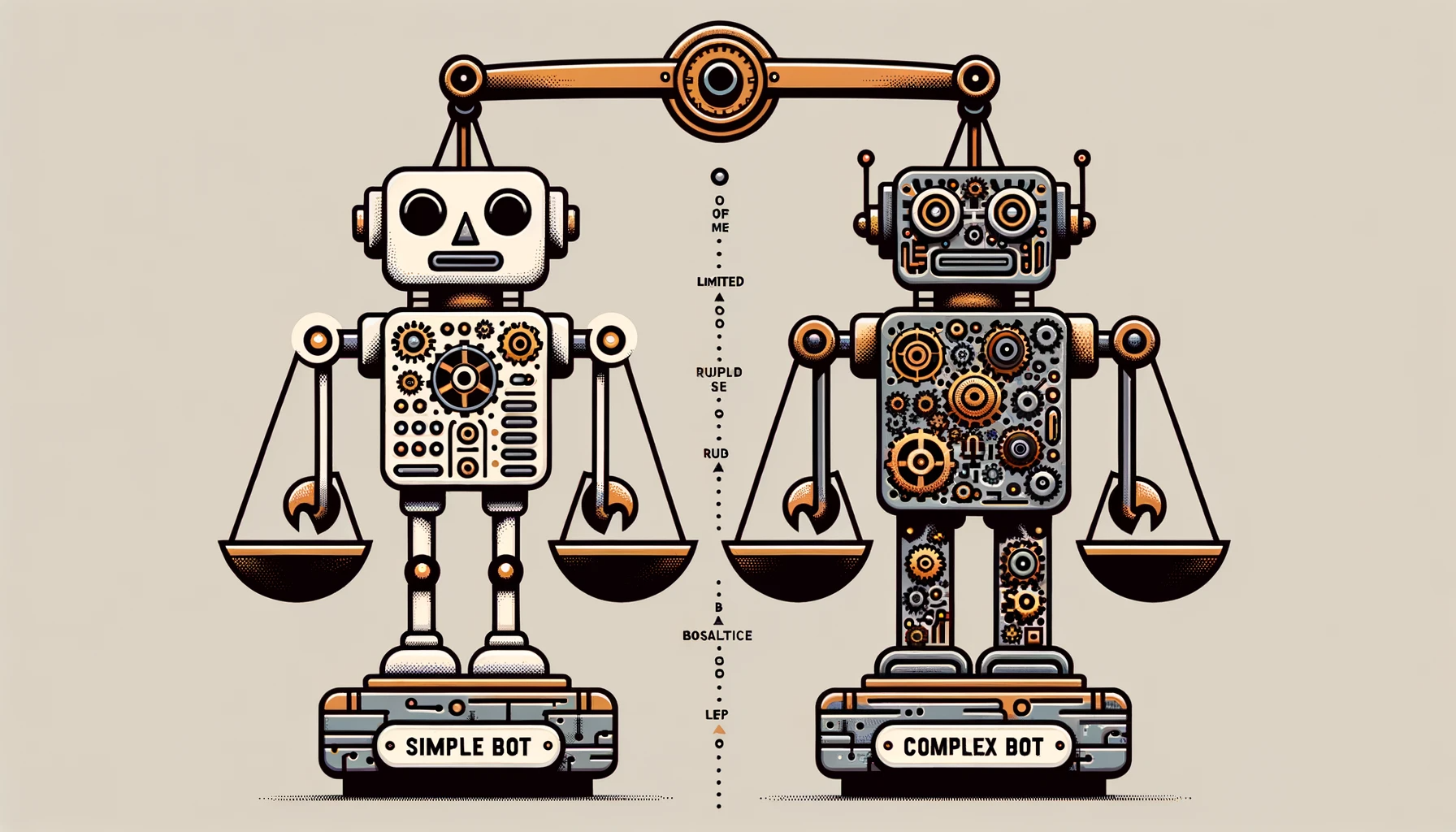
-
Word Classification & Intent Recognition — categorizing user inputs based on specific keywords or phrases to discern intent.
-
Advanced Models like ChatGPT — utilize vast amounts of data and sophisticated architectures to generate responses.
- Balancing Simplicity with Capability — It's essential to strike a balance between ease of implementation and the depth of interaction you wish to achieve.
Varieties of Chatbot Design
-
Why RNNs for This Task? — For the NES game creation tool, RNNs offer a balance between capability and computational efficiency, keeping the system nimble.
-
GPT: Power & Complexity — scale and complexity come with increased computational costs, both in terms of processing and memory.
- Balancing Functionality with Resource Efficiency — RNNs offer a sweet spot, providing the necessary capability without overwhelming resource consumption.
Navigating Design Choices - Simplicity & Cost Efficiency
-
Pioneering a New Approach to Game Design — By integrating AI models with the simplicity of a chat interface, we've bridged the gap between user intent and tangible game elements, making game creation more accessible.
-
The Power of AI-driven Real-time Interactions — This real-time feedback loop empowers users, allowing them to see their game ideas come to life almost instantaneously.
- Potential for Expansion & Future Endeavors — While the current tool focuses on NES game creation, the underlying principles and methods have broader applications.
The Future of Game Creation
Questions?

Pixel Power: Crafting NES games with AI via WhatsAPP
By Raúl G. Roa Gómez
Pixel Power: Crafting NES games with AI via WhatsAPP
Unlock the potential of AI and WhatsApp as we embark on a creative journey to build an NES game.
- 154



